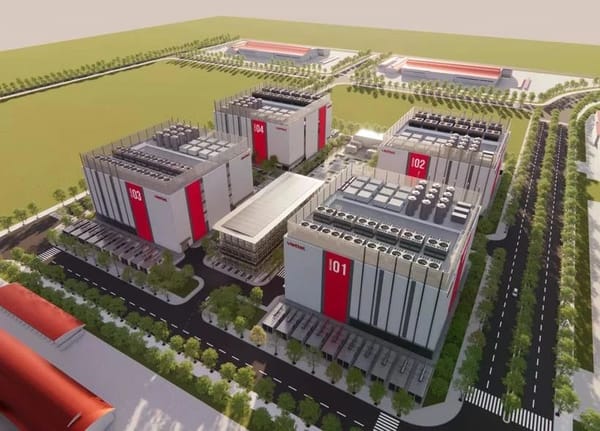The H20 ban could cost Nvidia more than US$5.5 billion
It could lead to Nvidia losing the China market. Here's why.

The move to ban the H20 GPU from China looks set to divert billions to Huawei's AI chips. It could also lead to Nvidia losing the China market. Here's why.
Made for China, now banned
The US last week banned the export of Nvidia's H20 GPU, a stripped-down GPU designed for export to China after earlier US export controls.
While the move was not unexpected, it was more abrupt than usual and came after an apparent reversal when Nvidia CEO Jensen Huang attended a US$1 million-a-head dinner at Mar-a-Lago one week before.
At the heart of the tightening restrictions is this: the H20 was thought to have contributed to DeepSeek's stunning success with its R1 model.
Nvidia says the new restrictions will cost it US$5.5 billion.
Huawei steps in
A day after, Huawei announced its Ascend 920 GPU, which at 900 TFLOPS will be an upgrade over the H20 when it hits mass production later this year.
Huawei also unveiled its AI CloudMatrix 384, which I consider an engineering marvel that overcomes the relative weakness of the Ascend 910C GPU with a single supercomputer that spans 16 racks (scale up).
As I wrote last week, this is really hard due to the unforgiving tolerances in latency. Innovation was required at multiple levels:
- Networking.
- Software.
- Optics.
This is reminiscent of DeepSeek, where seemingly impossible challenges were overcome through ingenuity.
More powerful than Nvidia's NVL72
The CloudMatrix is actually more powerful than Nvidia's top-of-the-line GB200 NVL72.
- All-to-all topology.
- 384 Ascend 910C chips (5x more).
- 300 PFLOPS (Nvidia's NVL72 is 180 PFLOPS)*.
- 1,229 TB/s HBM bandwidth (NVL72 is 576 TB/s).
*Dense BF16 compute
Its performance comes from using more GPUs and the profligate use of 400G fibre optical connectivity - 6,912 ports in total.
There are drawbacks.
The system consumes 3.9x the power of the NVL72, negatively impacting its efficiency. Then again, China is short of powerful GPUs, not data centre space or power.
Broader implications
The ban on the H20 is hence expected to accelerate China’s push for semiconductor self-reliance.
- More money for local GPUs.
- More urgency to develop local chipmaking.
There's one other implication. Nvidia's advantage has long been its rich software ecosystem, which serves to lock AI engineers to its platform.
Without access to Nvidia chips, AI talents will gravitate towards other ecosystems for AI development - and might never come back.
That's why this move could well cause Nvidia to lose access to the Chinese AI market in the long term.




